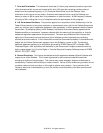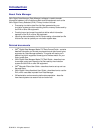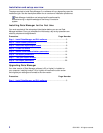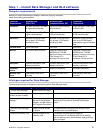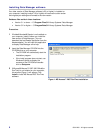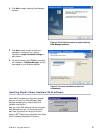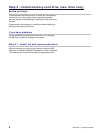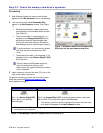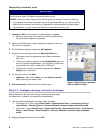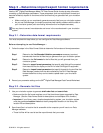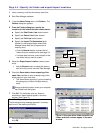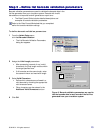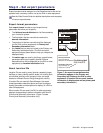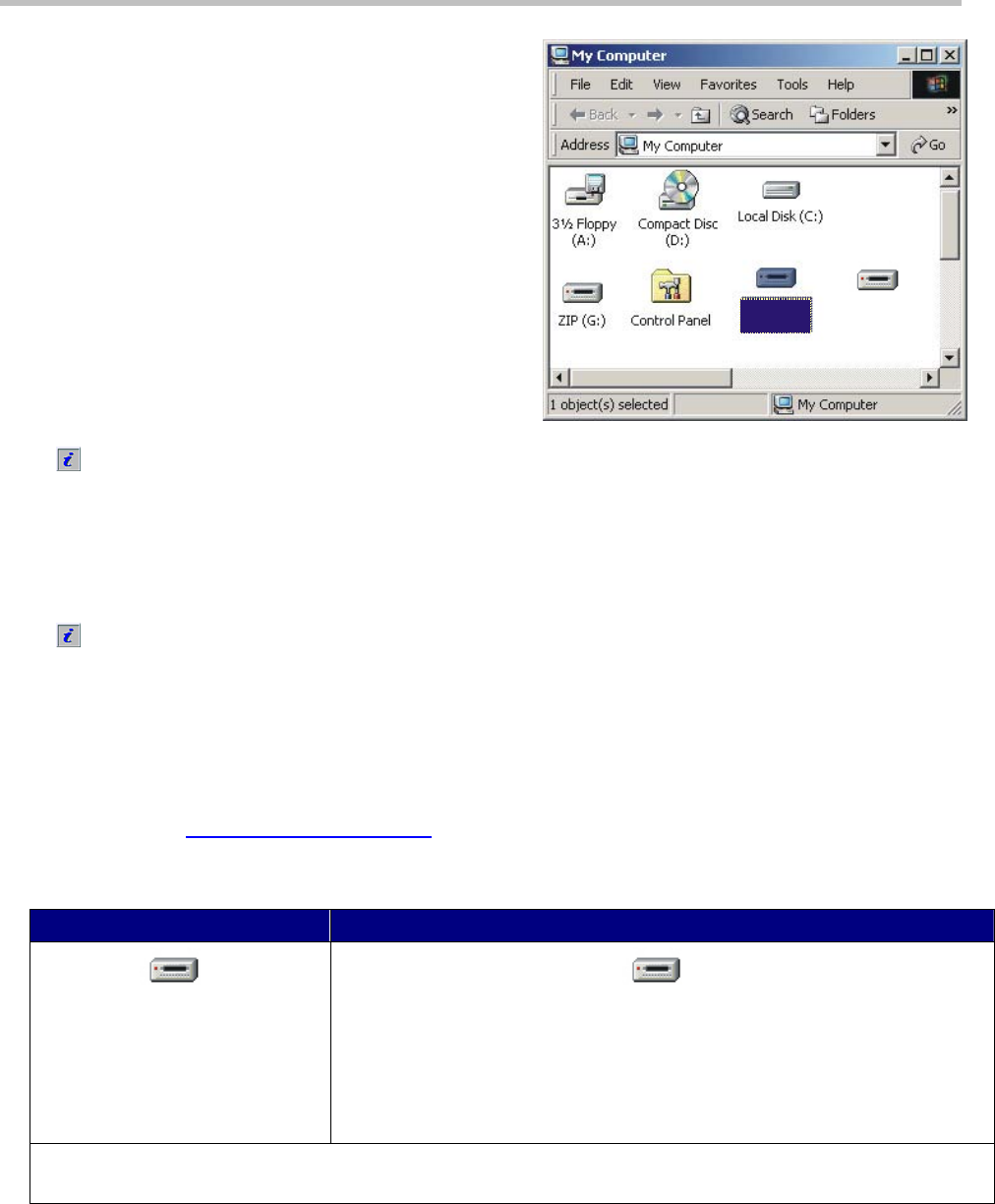
Step 2.2 - Check the memory-card drive’s operation
Procedure
1 After Windows installs the memory-card drivers,
double-click the My Computer icon on the desktop.
2 Two new drive icons called Removable Disk
appear in the My Computer window. (See Figure
1.)
Windows automatically creates these icons
and assigns the next available letters to them.
(See Figure 2.)
The first drive letter (in this example, E:) is
assigned to the CompactFlash®
(CF) drive
slot and card used for Data Manager data.
(This is the drive letter that you will select in
Data Manager as your import/export location.)
To avoid confusion, you may want to rename
this drive slot with a name such as “DM
Drive.”
The second drive letter (in this example, F:) is
assigned to the unused Secure Digital™
(SD)
slot of the drive.
The drive letters that Windows assigns to
each of the two drive slots may vary
depending on the types of devices connected
to your computer.
3 Insert a memory card into the lower (CF) slot on the
front of the memory-card drive.
To remove a memory card from the drive slot, always
follow the procedure Removing a memory card
,
which appears on page 8.
Removable
Disk (F:)
Removable
Disk (E:)
Figure 1: Windows creates two new Removable
Disk icons for the new memory-card drive.
Slot 1 – Not used Slot 2 – Data Manager memory-card drive
Removabl
e
Disk
(
F:
)
*
Slot 1 is a Secure Digital (SD)
drive, which is not used by
Data Manager.
Removabl
e
Disk
(
E:
)
*
Slot 2 is a CompactFlash (CF) drive that accepts memory cards used
with the DLA. This is the drive used by Data Manager.
The memory-card drive (slot 2) is assigned the lower of the two new
drive letters that appear in the My Computer window.
* The drive letters that Windows assigns to the two drives may vary depending on the types of devices
connected to your computer.
Figure 2: Data Manager uses the CompactFlash (CF) drive (slot 2).
© 3M 2011. All rights reserved. 7




